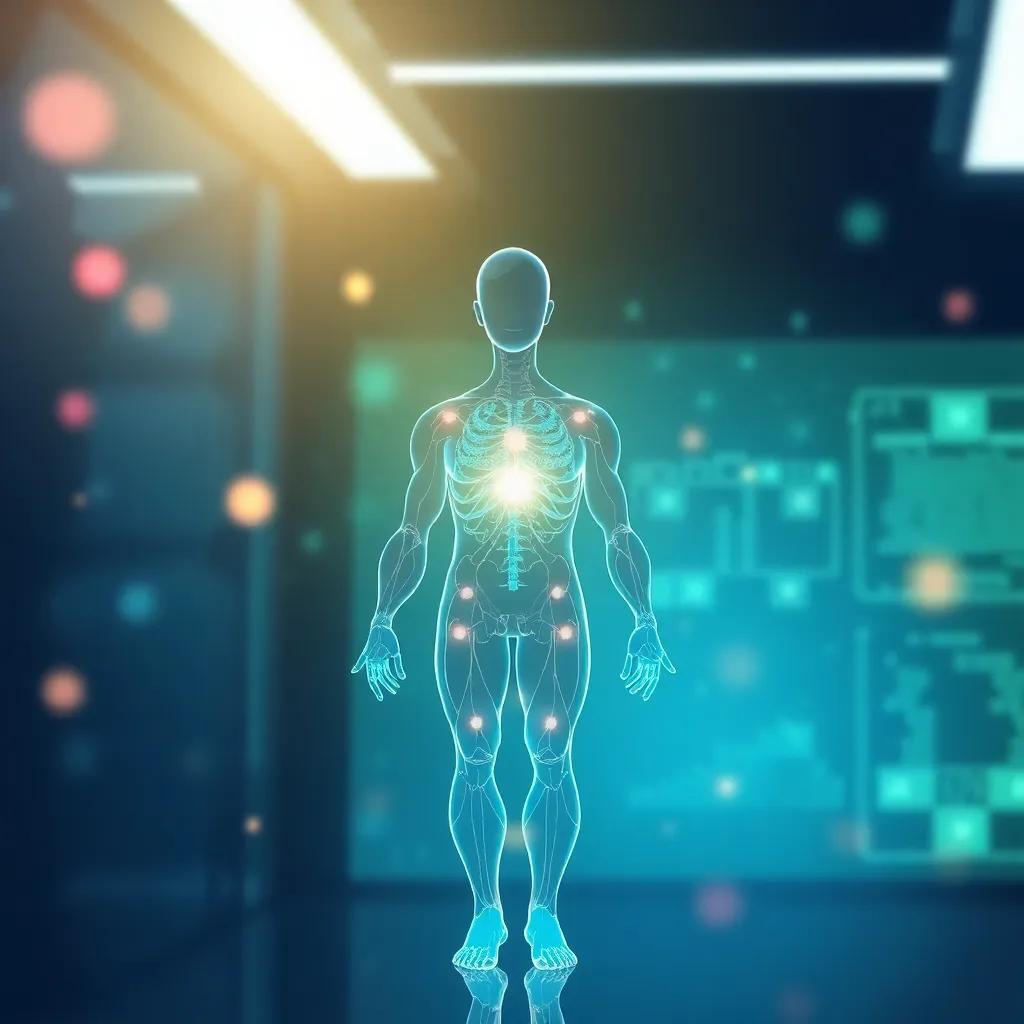Explore the science and clinical applications of photobiomodulation, a non-invasive light therapy transforming health through cellular stimulation, pain management, and neurological benefits.
Photobiomodulation (PBM) is emerging as a groundbreaking therapy, using specific light wavelengths to enhance cellular function, reduce inflammation, and promote healing across various medical fields.
The Science Behind Photobiomodulation
Photobiomodulation (PBM), also known as low-level laser therapy (LLLT), involves the use of specific wavelengths of light, typically in the red and near-infrared spectrum, to stimulate cellular function. According to Dr. Michael Hamblin, a leading researcher in the field, PBM works by enhancing mitochondrial function, which in turn boosts ATP production and reduces oxidative stress.
This process is crucial for cellular repair and regeneration.
Clinical Applications of PBM
PBM has shown promise in various clinical applications. A 2020 study published in the Journal of Pain Research highlighted its effectiveness in reducing chronic pain, particularly in conditions like fibromyalgia and arthritis. Additionally, PBM is being explored for wound healing, with a 2019 study in Advances in Wound Care demonstrating accelerated healing in diabetic foot ulcers.
PBM in Neurological Conditions
Emerging research suggests PBM could benefit neurological conditions such as Parkinson’s and Alzheimer’s. Dr. Francisco Gonzalez-Lima, a neuroscientist at the University of Texas, stated in a 2021 press release, PBM has the potential to improve cognitive function and slow neurodegeneration by enhancing brain metabolism.
Clinical trials are ongoing to validate these findings.
Sports Medicine and Performance Enhancement
In sports medicine, PBM is gaining traction for muscle recovery and performance enhancement. A 2021 review in Sports Medicine noted that athletes using PBM experienced reduced muscle soreness and faster recovery times. This has led to its adoption by professional sports teams and fitness enthusiasts alike.
Practical Guidelines for Safe Use
While PBM is generally safe, experts recommend consulting healthcare professionals before using at-home devices. Dr. Praveen Arany, President of the World Association for Photobiomodulation Therapy, advises, Proper dosing and wavelength selection are critical to avoid adverse effects and maximize benefits.
The Future of PBM in Mainstream Medicine
As research continues, PBM is poised to become a mainstream therapy. Its non-invasive nature and versatility make it a promising adjunct to traditional treatments. With ongoing advancements, PBM could revolutionize healthcare by offering a safe, effective, and accessible solution for a wide range of conditions.




